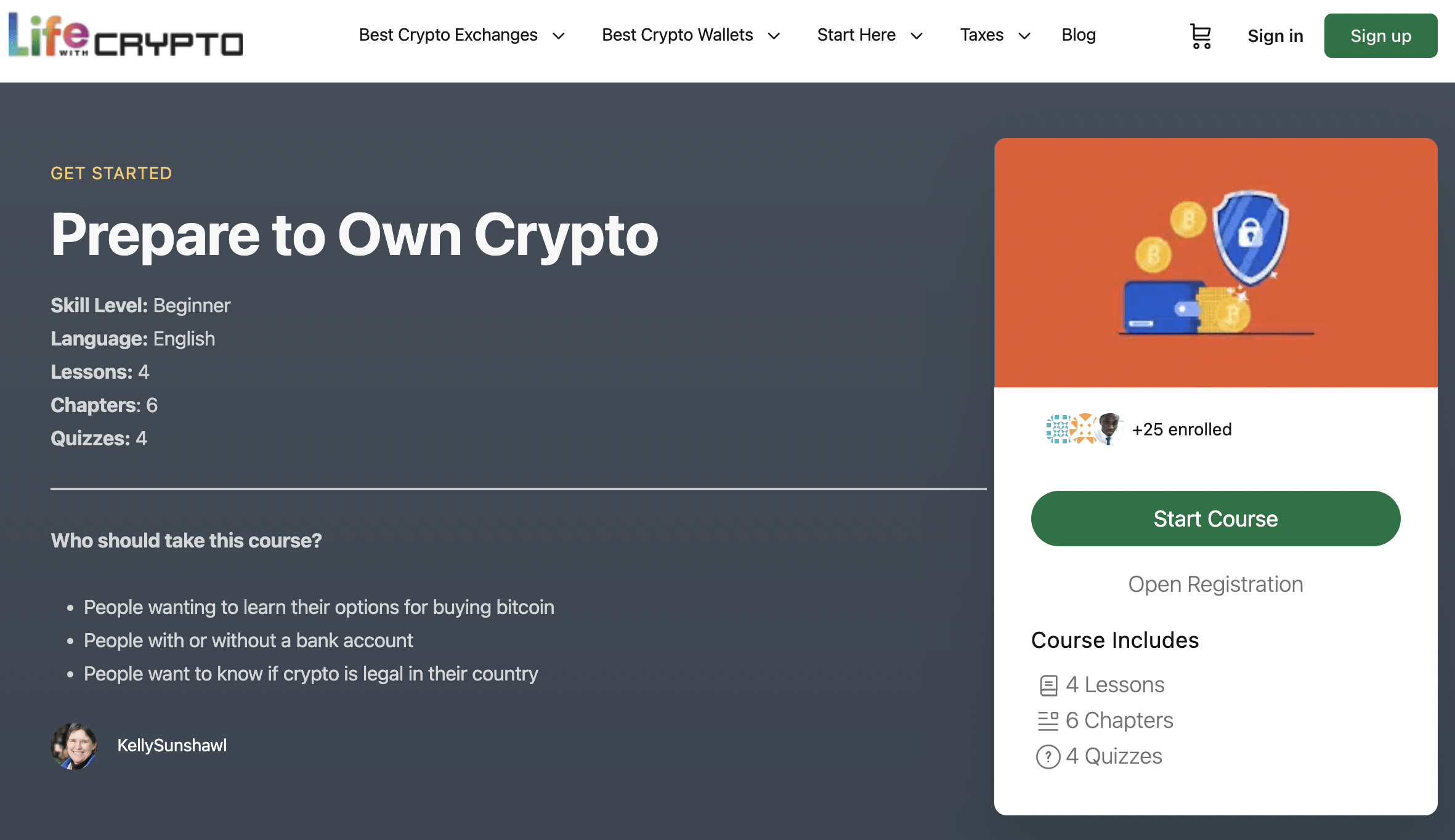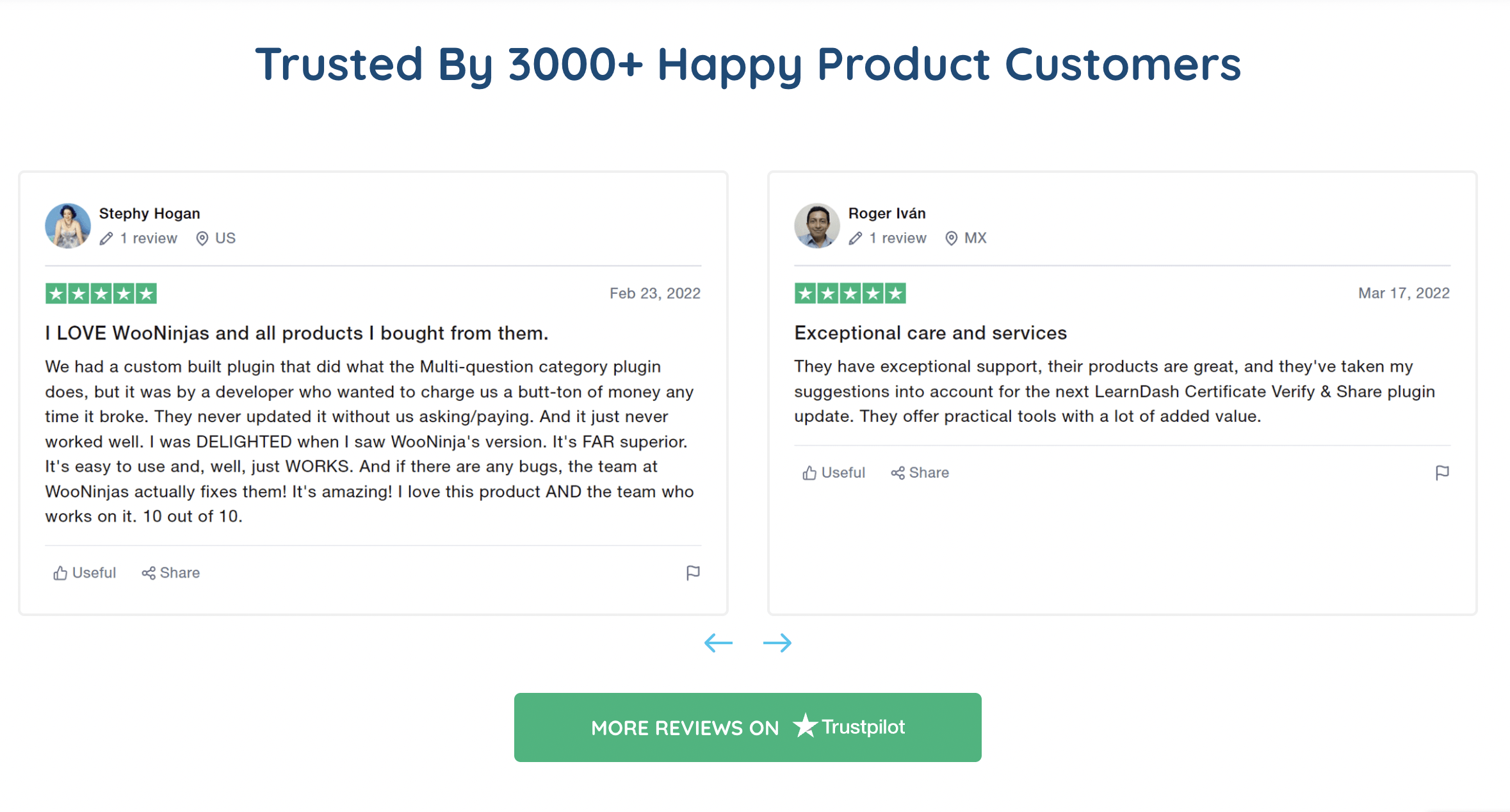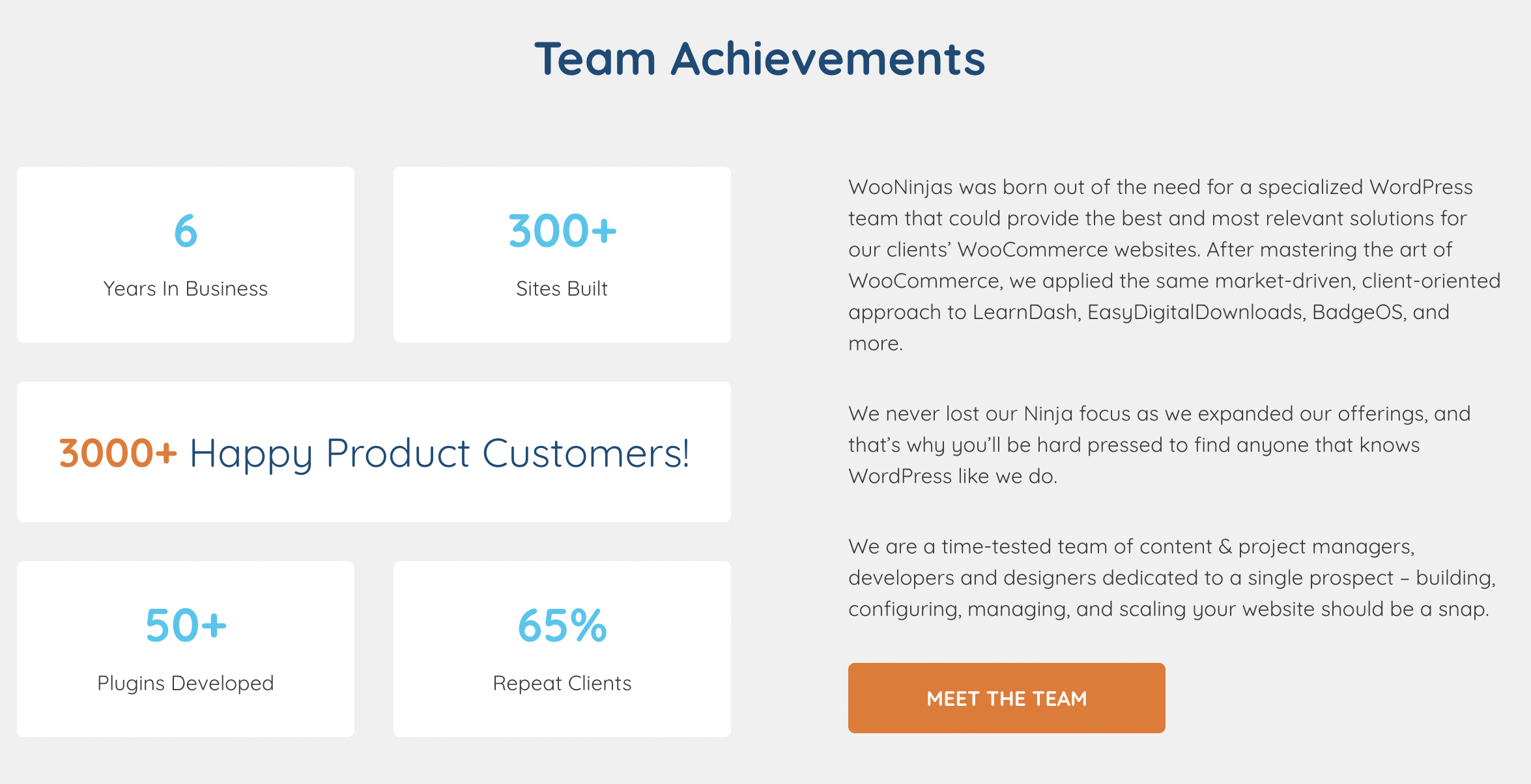Landing pages are essential in the world of online marketing for converting website visitors into leads and consumers. If you want to promote your online course and attract new students, you will need a course landing page that is designed to convert website visitors into paying customers. But what makes a landing page effective in attracting and converting these visitors?
In this article, we will examine the anatomy of a course landing page and the key elements that can assist you in creating a high-converting website. From creating an engaging headline and hero picture to incorporating social proof and trust indicators, we will give you practical tips and examples to help you optimize your landing page for optimum results.
What is a Landing Page?
A landing page is a standalone web page that is created for a particular objective, typically to persuade a visitor to take a desired action, such as making a purchase, signing up for a newsletter, or downloading an e-book.
To direct the visitor toward the intended goal, the page is created with a clear call-to-action (CTA) and a single point of attention. A landing page is a focused and streamlined experience with minimal distractions or additional content, unlike a website’s homepage or category page.
The goal of a landing page is to persuade the visitor to take a particular action by giving them the knowledge and inspiration they require to decide. To increase conversions and accomplish particular marketing objectives, landing pages are frequently used in digital marketing campaigns like email marketing, social media advertising, or pay-per-click (PPC) advertising.
Marketers can design a landing page that converts visitors into leads and customers by optimizing the page’s different components, including the title, copy, pictures, and CTA.
You may create a variety of landing page designs to match your offers. You’ll always captivate visitors with an appealing offer, explain the benefits they’ll receive, and dispel any doubts before they reach the page’s end. They will instantly enter your marketing funnel as they click the button, complete the form, or make a transaction.
Importance of Landing Pages in Online Marketing
Landing pages are an essential component of any online marketing plan. They offer a focused and efficient user experience that directs users toward a certain objective, like making a purchase, completing a form, or subscribing to a service. Landing pages can help you convert a higher percentage of website traffic into leads and customers by giving users the information they need to make a decision.
Some other benefits of landing pages in online marketing include:
Tailor Your Messaging And Design to Your Target Audience
The ability to tailor your messaging and landing page design to the particular needs and interests of your target audience is one of the main advantages of having landing pages. You can make your marketing messaging more pertinent and effective by developing landing pages that speak to the needs, wants, and motivations of your target audience.
Measure And Analyze the Effectiveness of Your Marketing Campaigns
Landing pages are also a powerful tool for measuring and analyzing the efficacy of your marketing activities. You can learn a lot about the effectiveness of your landing pages and spot areas for optimization and improvement by tracking metrics like conversion rates, bounce rates, and time spent on the page.
Build Trust And Credibility With Your Target Audience
The ability to help you establish credibility and trust with your target audience is another significant advantage of landing pages. You can convince visitors that your product or service is dependable and trustworthy by including social proof, trust indicators, and client testimonials.
Test And Refine Your Marketing Messages And Design Elements
Also, you can utilize landing pages to test and improve the design and messaging of your marketing materials. You can determine which parts are most successful in generating conversions and optimize your pages for maximum impact by developing many versions of a landing page and testing them against one another.
Direct Access to Your Marketing Funnel
You will start a meaningful and fruitful relationship with these customers using the email addresses (and other user data) you collect from this page.
What Makes Up A Great Course Landing Page?
An online course landing page is a single web page created with the express purpose of promoting and selling an online course. It’s an essential part of any marketing plan that can make you stand out from the crowd and appeal to your target audience.
A course landing page is a highly focused and organized page made to persuade visitors to enroll in a course or training program. A course landing page must be properly designed to incorporate particular components that have been shown to promote conversions and stimulate sign-ups to be effective.
The anatomy of your course landing page design is essential since the components and material you choose to include will affect the actions that visitors take.
In comparison to building a conventional website, creating a landing page necessitates a slightly different strategy. You must incorporate particular components into the design of your landing page if you want to maintain a high level of user engagement, reduce page abandonment, and increase conversions.
We will go through the essential elements of a course landing page in detail in the sections that follow, and we will provide you useful tips and examples to make it easier for you to design a landing page that increases sales and conversions. This guide will assist you in creating a high-converting landing page that will help you meet your marketing objectives, whether you’re a course designer, marketer, or business owner.
Here are the key components of a successful course landing page in no particular order:
Headline and Subheadline
The headline is the first thing visitors see when they arrive at your course landing page, and it is crucial in grabbing their attention and convincing them to read more about your course. These tips will help you create an effective headline:
- Be Clear and succinct: Your headline needs to express the main value of your course succinctly and directly. Be careful not to confuse visitors with jargon or overly complex wording.
- Be Specific: Your headline should highlight a specific benefit or result that your course may offer. A more specific phrase would be “Learn to code in 30 days” rather than “Learn coding skills.”
- Use Action-Oriented Languages: To increase the persuasiveness and engagement of your headline, use verbs and language that are action-oriented. An appealing alternative to “Our digital marketing course is designed to help you learn” is “Transform your career with our digital marketing course.”
- Highlight Unique Value Proposition: Your headline should explain how your course differs from other products on the market.
While the subheadline gives more information and background to support the headline and should be used to clarify the major benefit and answer any potential objections or queries that visitors may have. These tips will help you create an effective headline:
- Expand on the benefits: The subheadline should elaborate on the main benefit of your course and address any queries or reservations visitors may have. For instance, “Good for beginners and advanced learners” or “No prior coding expertise required.”
- Keep your audience in mind: The subheadline should be tailored to your target market’s unique needs and interests. Such as “Made for busy professionals looking to upskill” or “Ideal for small business owners trying to grow their internet presence.”
- Highlight key features: Use the subheadline to draw attention to crucial elements of your course or training program, such as access to resources and tools used in the industry or one-on-one coaching from instructors.
- Address objections: The subheadline can be used to address frequent objections or issues that visitors may have, like cost, time commitment, or relevancy. For instance, “Work at your speed with flexible course scheduling” or “Affordable payment options available.”
You can capture the interest of your target audience and urge them to learn more about your course by creating clear, succinct, and appealing headlines and subheadlines, which will ultimately lead to conversions and sales.
Hero Image/Video

The course landing page’s hero picture or video is a sizable visual component that is displayed prominently above the fold. It plays a critical part in making a quick and lasting impression on visitors and in motivating them to interact with the course material. It’s crucial to make sure that your hero image or video is mobile-friendly and can be readily watched on smaller screens as more and more people access the internet via mobile devices.
The hero picture or video ought to be visually appealing and related to the course’s theme and subject matter. If you’re selling a course on social media marketing, for instance, you might pick a picture or a video of someone using social media tools or a chart outlining social media data.
The main benefit of your course should be highlighted, and the value it can offer students should be emphasized in the hero photo or video. For instance, if your course is designed to assist students to improve their public speaking abilities, you may display a picture of a poised speaker in front of a sizable crowd.
Copy And Content
To effectively sell your course to prospective students, the copy and content on the landing page are essential. By clearly and persuasively communicating the value and benefits of your course, effective copy and content can assist in converting leads. Your copy should be compelling and focused on the advantages that students will get from taking your course.
To raise the search engine rating of your course landing page, use pertinent keywords and phrases in your language and content. This will make it easier for prospective students to find your course when using pertinent keywords or phrases.
When it comes to developing effective course landing pages that turn visitors into learners, the value of SEO and copywriting abilities simply cannot be understated. You can design an engaging course landing page that boosts conversions and enrollments by optimizing your copy and content for SEO and using great copywriting skills.
To increase the effectiveness of your copy, it must be optimized for SEO. Our content marketing experts can help if it becomes too difficult.
Call-To-Action
The call-to-action or CTA is an essential component of any course landing page. Its objective is to compel visitors to enroll in the course. The conversion rate of your course landing page can be greatly increased by a well-written call-to-action.
To persuade visitors to take action, use clear, appealing language. For instance, “Sign Up Today” or “Enroll Now” Your CTA should be prominently displayed on the page, and to make it stand out, use contrasting colors.
In addition, to get visitors to take action, it can be useful to convey a sense of urgency. Motivate visitors to enroll by using words like “Limited time offer” or “Enrollment closing soon.” Visitors can feel more confident that signing up for your course is a wise choice if you provide security features like a money-back guarantee.
To find out which calls-to-action are most effective for your audience, conduct A/B testing. Then, keep improving your CTA in response to user feedback and performance data.
Keep in mind that the CTA is the last reminder needed to turn a lead into a customer. Make sure it is distinctive and intriguing enough to compel visitors to take action.
Social Proof

Social proof is an important part of any successful course landing page. It serves as proof that other people have benefited from your course and can be an effective strategy for turning leads into customers.
Social media posts, reviews, case studies, testimonials, and other types of evidence are all examples of social proof. You can attract new visitors and persuade them to sign up for your course by highlighting the good comments and experiences of previous students.
The conversion rate of your course landing page can be significantly increased by using social proof, which is a valuable tool for assisting prospective students in overcoming any reservations or skepticism they may have.
Trust Indicators

An essential component of a course landing page is a trust indicator, such as security badges, certifications, and awards. They aid in building credibility and trust with potential students, which can play a significant role in influencing their choice to sign up for your course.
You can reassure visitors that their personal and financial information will be protected and that your course is authentic and of high quality by prominently displaying trust indicators on your landing page. This can boost conversion rates and entice more visitors to sign up for your course.
Lead Form
Most of the time, you want to gather some information from your leads so you can engage them in discussion and learn more about their demographics. The lead form is an essential part of a course landing page since it gives potential students a method to take action and sign up for your course.
Gathering contact details allows you to get in touch with prospective students and address any queries they may have about your course before enrolling them.
With clear directions on how to sign up for the course, the lead form should be visibly displayed and simple to use. You can boost conversions and persuade more visitors to sign up for your course by making the enrollment process as simple and easy as possible.
Benefits And Features
The benefits and features part of a course landing page inform potential students about what they can expect to receive from your course. You can make it easier for visitors to understand the value of your course and how it can help them accomplish their goals by emphasizing its important features and benefits.
Using bullet points or brief paragraphs to make information simple to scan, this section should be crystal clear, succinct, and easy to understand. You can entice more visitors to enroll and help increase the conversion rate of your landing page by explaining the advantages and features of your course in clear terms.
Conclusion
In conclusion, the anatomy of a course landing page is a critical aspect of encouraging online course enrolment. You can increase the possibility of converting prospective students into paying customers by making sure that every element of the landing page is designed for conversion.
We hope that this article has given you useful information and pointers for increasing the enrolment rate for your online courses.
At InflowLabs, we know how important it is to have high-converting course landing pages, therefore we offer services to help you do just that. Our team of online course marketing experts can assist you in creating, writing, and organizing your course landing page for maximum impact, ensuring that your prospective students recognize the value of your course and are inspired to sign up.
